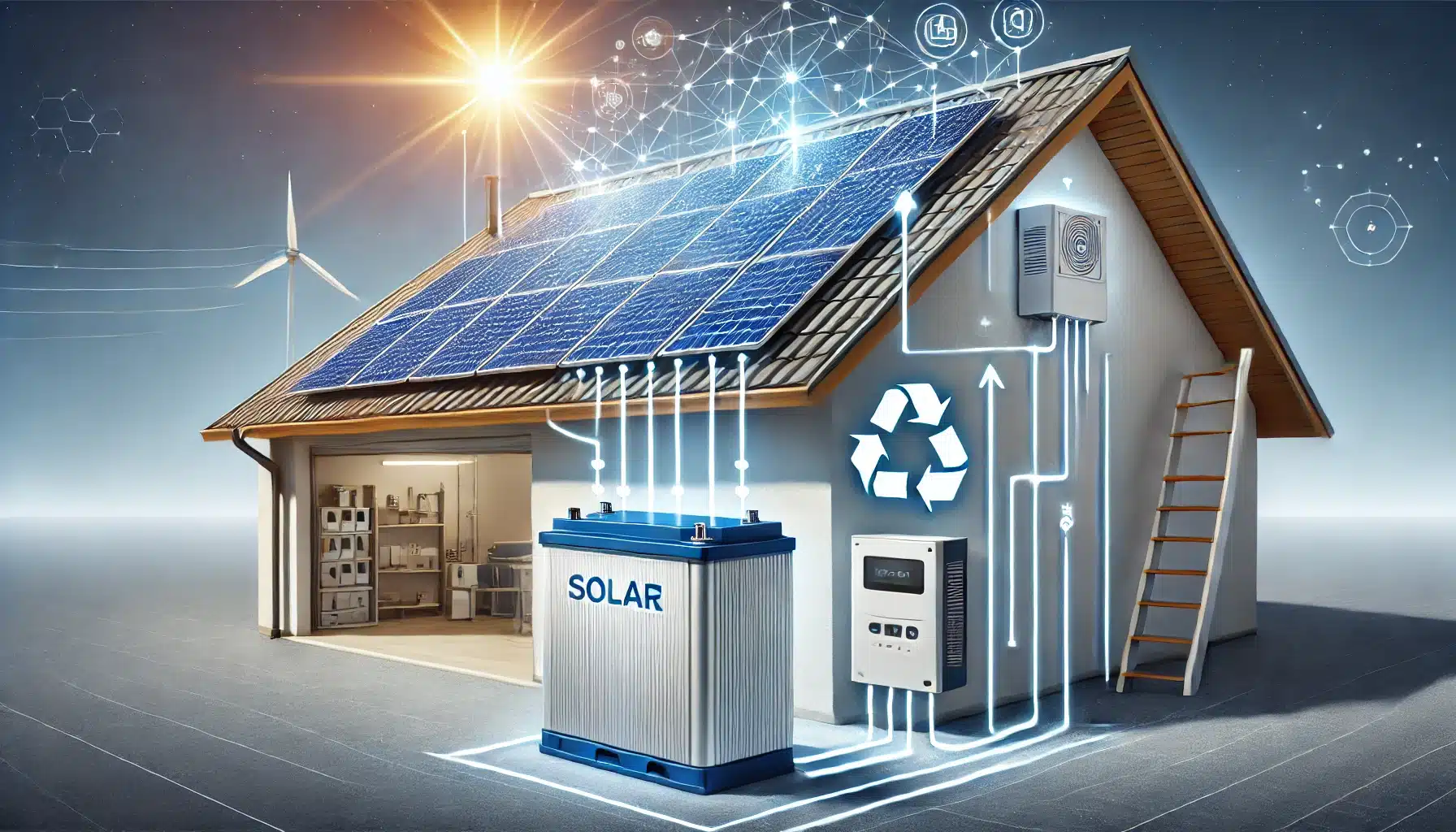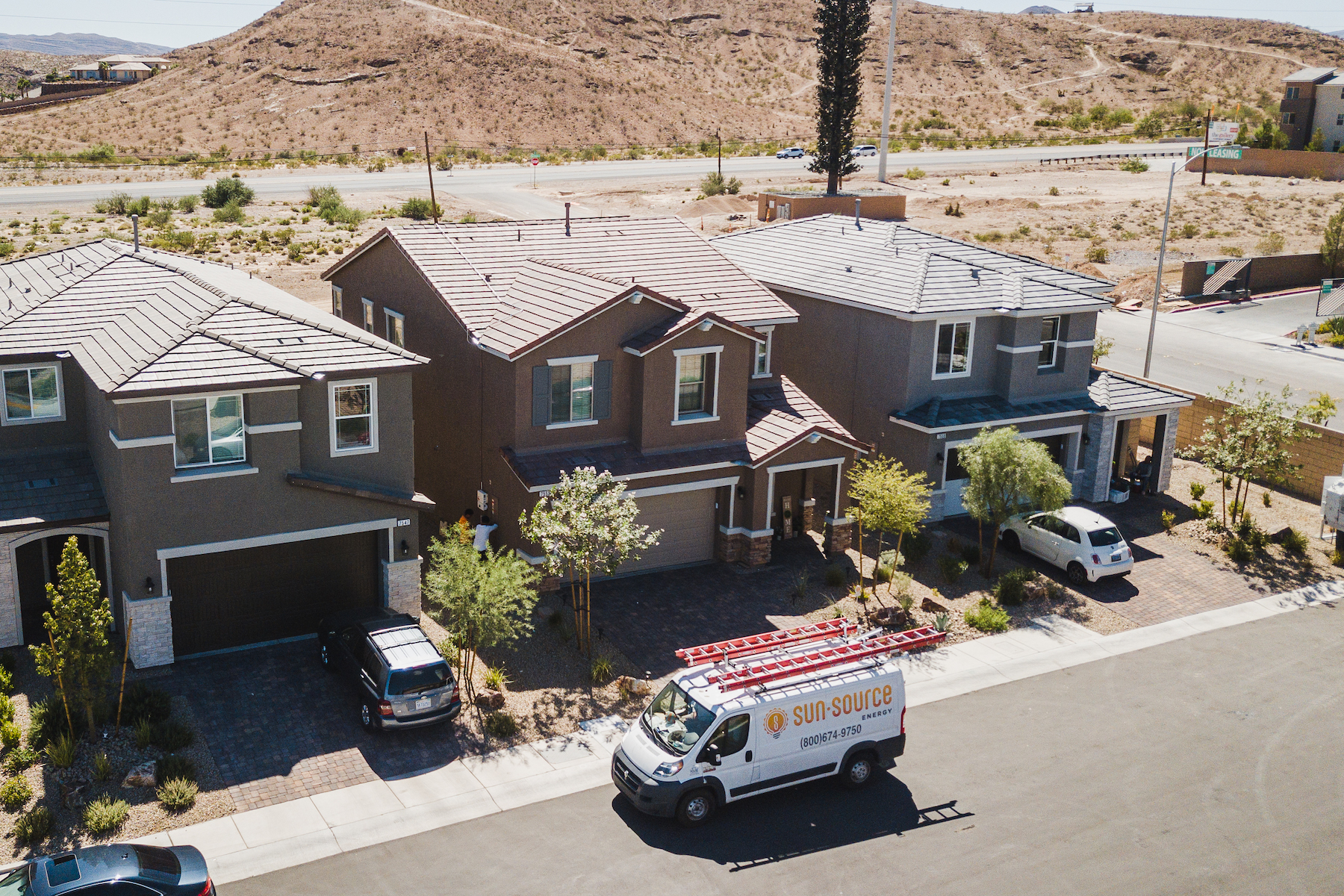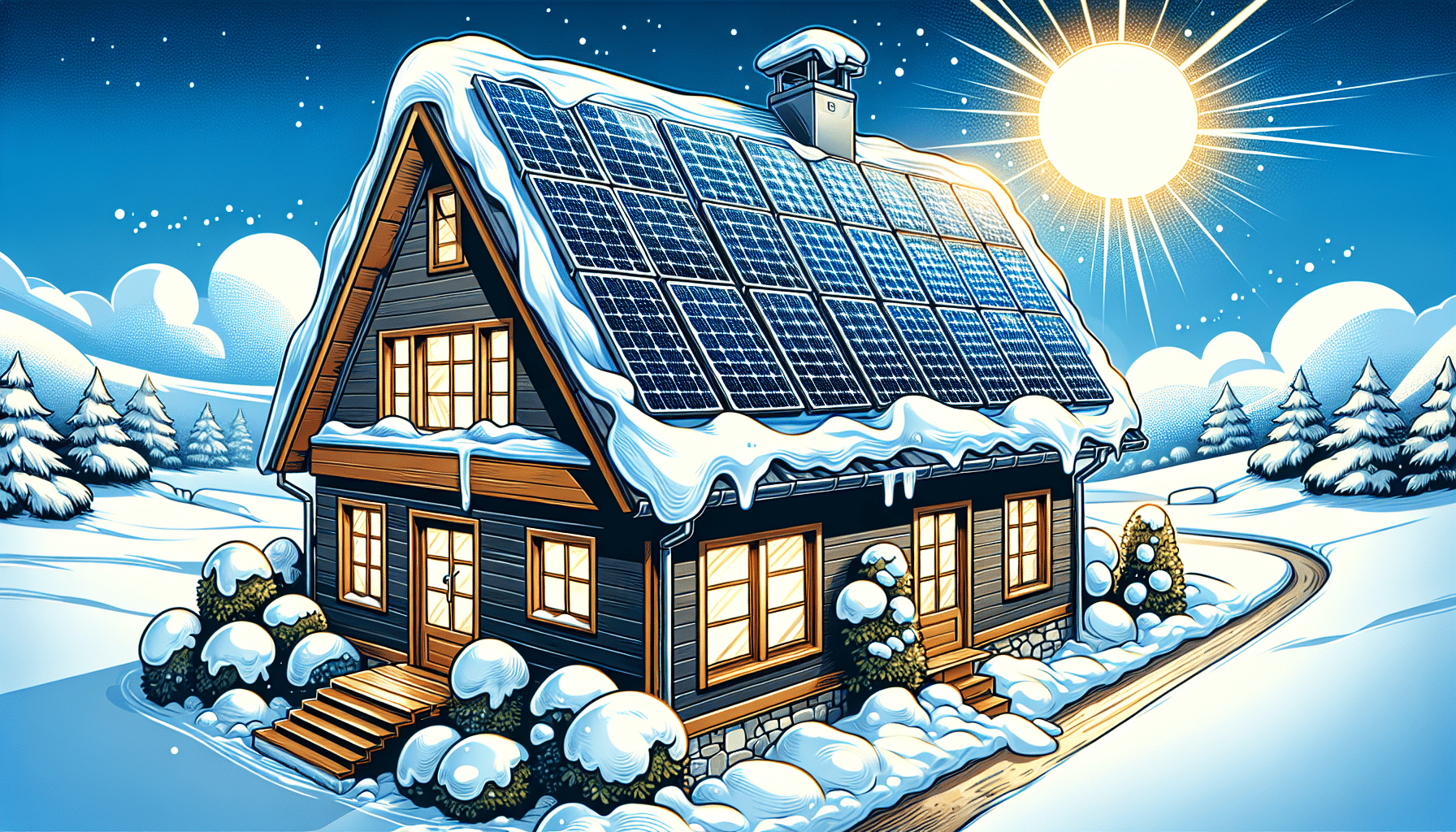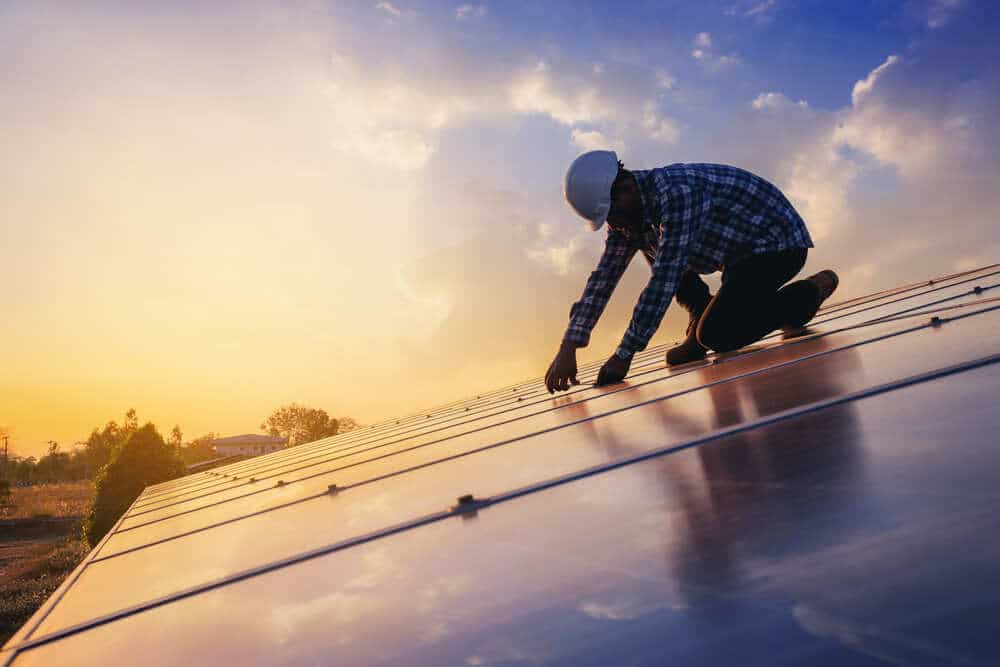Wondering what happens to solar system when I move? This article will explain the process of relocating your solar panels, including costs, challenges, and important considerations. Find out everything you need to know to make the best decision for your solar system during your move.
Key Takeaways
- Moving solar panels requires thorough planning, considering costs, local regulations, and potential structural impacts on old and new properties.
- Consulting professionals for the removal and reinstallation process can help avoid damage to both solar panels and roofing, ensuring compliance with warranties and insurance coverage.
- Homes with solar panels typically sell faster and for higher prices, making it essential to evaluate the benefits of leaving them behind versus moving them when relocating.
Moving Your Solar System: The Basics
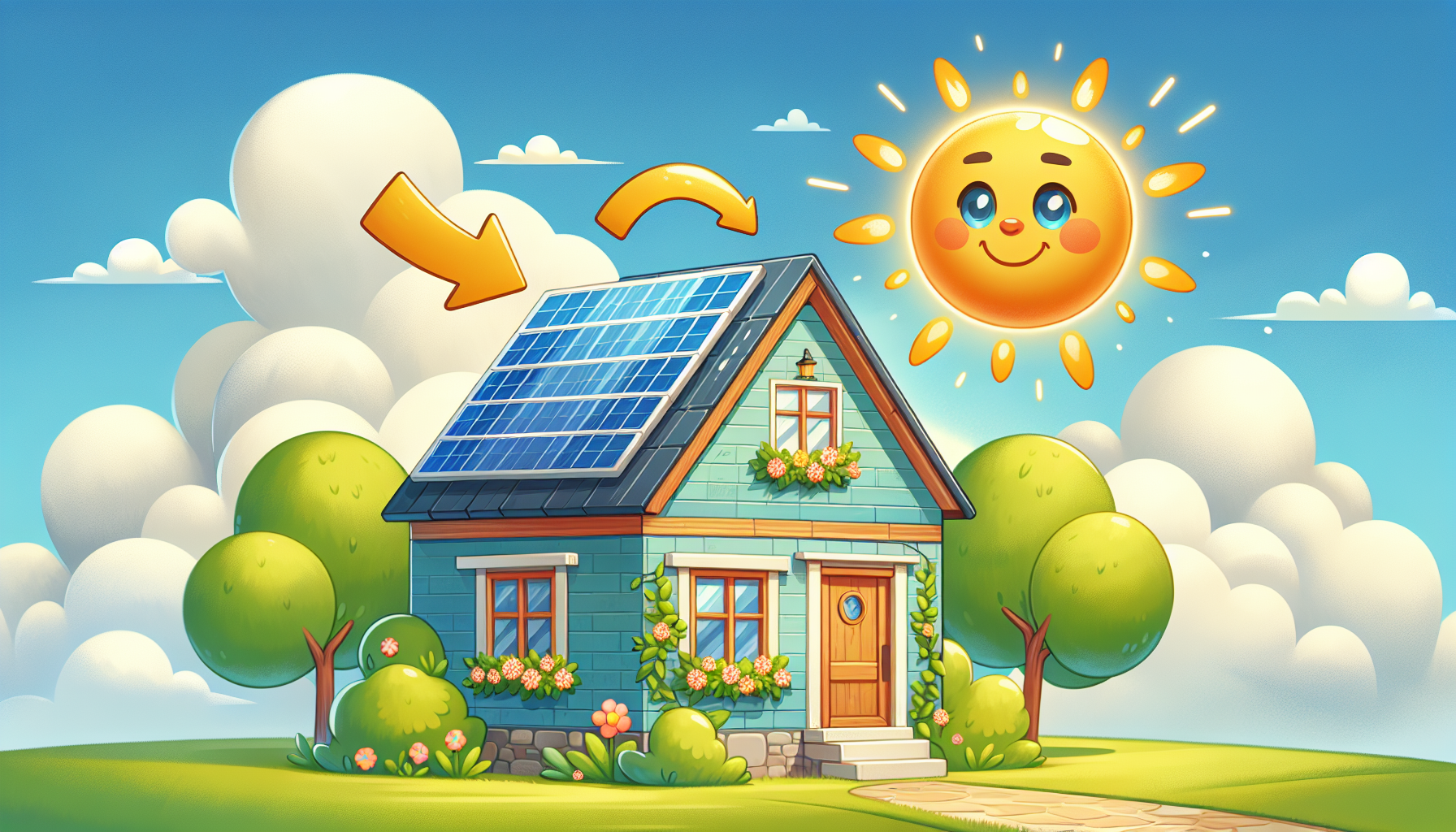
Moving your solar system is a significant undertaking that requires careful planning and consideration. While it is possible to relocate solar panels, the process involves various factors that can influence the decision. Homeowners often move solar panels to save money, reduce their carbon footprint, or upgrade their structures. However, moving solar panels can lead to structural damage on both the old and new properties if not done correctly.
Before deciding to move your solar panels, consider the pros and cons, associated costs, local regulations, and potential impacts on your property. This section breaks down these basics, guiding you through the initial steps of moving your solar system.
Deciding to Move or Leave Your Solar Panels
Deciding whether to move or leave your solar panels is a critical first step. Moving solar panels can be costly, and the expenses might not always justify the move. Additional costs may arise if your new home requires a new inverter or additional modules to meet its electricity needs. Moreover, the efficiency of your solar panels can be affected if you’re moving from a sunny area to a shaded one or a cold state.
When putting your home on the market, consider the benefits of leaving the solar panels for the new buyers. Homes with solar panels tend to sell faster and at a higher price, making them more attractive to potential buyers. If you decide to leave the panels, assess how they enhance your property’s appeal and value.
If you choose to move the panels, ensure the new roof is suitable for installation. Consulting with the original solar installers can help manage the removal and reinstallation process. They can also provide insights into the adjustments needed for the solar panel system at your new home.
Costs Involved in Moving Solar Panels
The costs involved in moving solar panels can be significant and vary based on several factors. Labor, permitting, new mounting hardware, and potentially a new inverter are some of the expenses you might incur. The size of your solar panel system, the distance of the move, and local permits and regulations also influence the overall cost.
Sun Source Energy can handle all associated costs, including engineering, permitting, and installation, providing a comprehensive solution for moving solar systems. Understanding these costs and planning accordingly can help you make an informed decision about whether to move your solar panels or leave them behind.
Local Regulations and Permits
Before moving your solar panels, checking local building codes and acquiring the necessary permits is crucial. Compliance with local regulations ensures the relocation and reinstallation of your solar panels is safe and legal. Failure to comply can result in fines and complications during the installation process.
It’s essential to understand these regulations and plan for any required permits to avoid unexpected issues.
Potential Impacts on Roofs and Property

Moving solar panels can have significant impacts on both your old and new roofs. Removing solar panels can potentially damage the old roof, necessitating repairs where the mounts were attached. Additionally, the new roof must be properly prepared to support the solar panels and ensure optimal performance.
Understanding these potential impacts helps homeowners make informed decisions and prepare adequately for the move. This section explores the possible damage to the old roof, how to prepare your new roof, and the aesthetic issues like roof fading that may arise.
Damage to Your Old Roof
Removing solar panels from your old roof can create openings in the roofing material, leading to water leaks if not properly sealed. The areas where brackets were attached often require sealing to prevent further damage.
It’s crucial to consult with professionals to inspect the roof after panel removal and address any damage promptly.
Preparing Your New Roof
Before installing solar panels on your new roof, it’s essential to evaluate its ability to support the weight and installation of the panels. Adequate sunlight exposure on the new roof is vital for the panels’ performance. Different components, such as new racks and mounting hardware, may be needed if your new home’s roof type differs from the old one.
Preparing your new roof properly ensures a smooth installation process and optimal panel performance. Consulting with professionals can help you assess and address any requirements or potential issues.
Addressing Roof Fading and Color Discrepancies
Once solar panels are removed, the areas of the roof that were covered might appear less faded compared to the exposed sections due to differential UV exposure. This can lead to aesthetic issues such as color mismatch and roof fading.
Homeowners should be aware of these potential discrepancies and consider them when deciding to move their solar panels.
Risk of Damage During Transit
Transporting solar panels involves significant risks, including potential damage during uninstallation, transport, and reinstallation. The chances of damage increase when the panels are moved to a new location, with risks such as accidental breakage and micro-cracks during shipping.
Recognizing these risks and taking appropriate measures can protect your investment. Weighing the pros and cons of professional versus DIY removal and transport, along with tips for safeguarding your solar panels during the move, is discussed here.
Professional vs. DIY Removal and Transport
Hiring professionals for solar panel transport ensures safer handling due to their experience with delicate equipment. Professional installers are familiar with best practices for uninstallation and transport, which helps avoid damage and preserves warranties. DIY removal can lead to voiding the manufacturer’s warranty and increased financial risks.
Ultimately, the decision between professional and DIY removal should consider both financial implications and the safety of the solar installation. Engaging skilled professionals can provide peace of mind and protect your investment.
Protecting Solar Panels During Transport
Using proper packaging techniques like vertical packing and edge protectors is crucial for safeguarding solar panels and pv panels during transit. Maintaining clean, dry, and shielded storage conditions helps preserve the panels’ integrity. Using specialized pallets designed for solar panels can further enhance protection against damage during transport.
Taking these steps can help minimize the risks associated with moving your solar panels and ensure they arrive at your new home in good condition.
Warranties and Insurance Considerations
Moving solar panels can impact warranty terms, especially if not handled by certified professionals. Knowing warranties and insurance considerations is crucial to protect your investment during the move.
This section covers how moving solar panels can affect warranties and the importance of ensuring adequate insurance coverage.
Impact on Manufacturer’s Warranty
If the installing company has ceased operations, homeowners can still make warranty claims through any certified solar installer that works on the system. Typically, warranties for solar panels can be transferred to new homeowners, although some manufacturers may restrict this to original owners only.
Informing the solar company about the sale and signing necessary warranty documents ensures a smooth transfer.
Insurance Coverage for Moving Solar Systems
Insurance policies for solar systems may differ when relocating, potentially impacting coverage during the move. Homeowners should verify that their homeowner’s insurance covers solar panels during the relocation process to avoid unexpected costs.
Consulting your insurance provider about coverage limits and necessary adjustments ensures your solar panels are protected during the transition.
Selling a Home with Solar Panels Installed
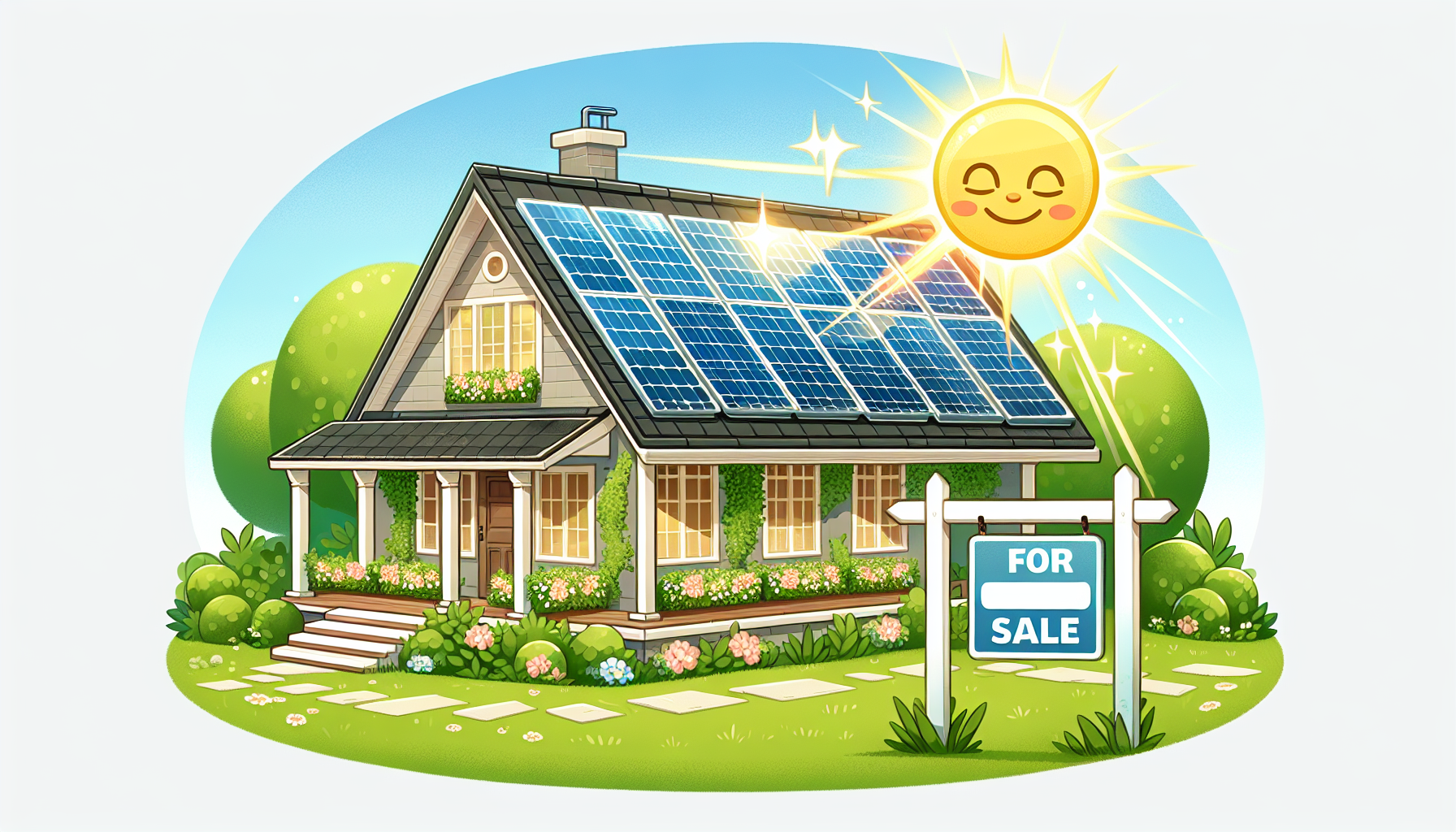
Selling a home with solar panels installed can significantly increase the property’s value and appeal to buyers. This section explores the benefits of leaving the solar panels, the process of transferring ownership, and the differences between leasing and owning solar panels.
Increased Home Value
Homes with solar panels often sell faster and at a higher price compared to those without. Home buyers are typically willing to pay more for homes with solar panels, enhancing the property’s market value and appeal to environmentally conscious buyers.
Transferring Ownership of the Solar System
When selling a home with solar panels installed, transferring ownership involves specific steps. Sun Source Energy can assist with this process, ensuring a smooth transition for both you and the new homeowner.
The financial implications, such as potential tax benefits or existing financing agreements, should be considered when transferring ownership.
Leasing vs. Owning Solar Panels
If you lease solar panels, contact your solar provider to discuss the move. Leaving solar panels behind requires the buyer to take over the lease and qualify based on credit requirements.
Homeowners can use funds from selling a house with solar panels to purchase and install new solar panels work at their new home.
Making an Informed Decision
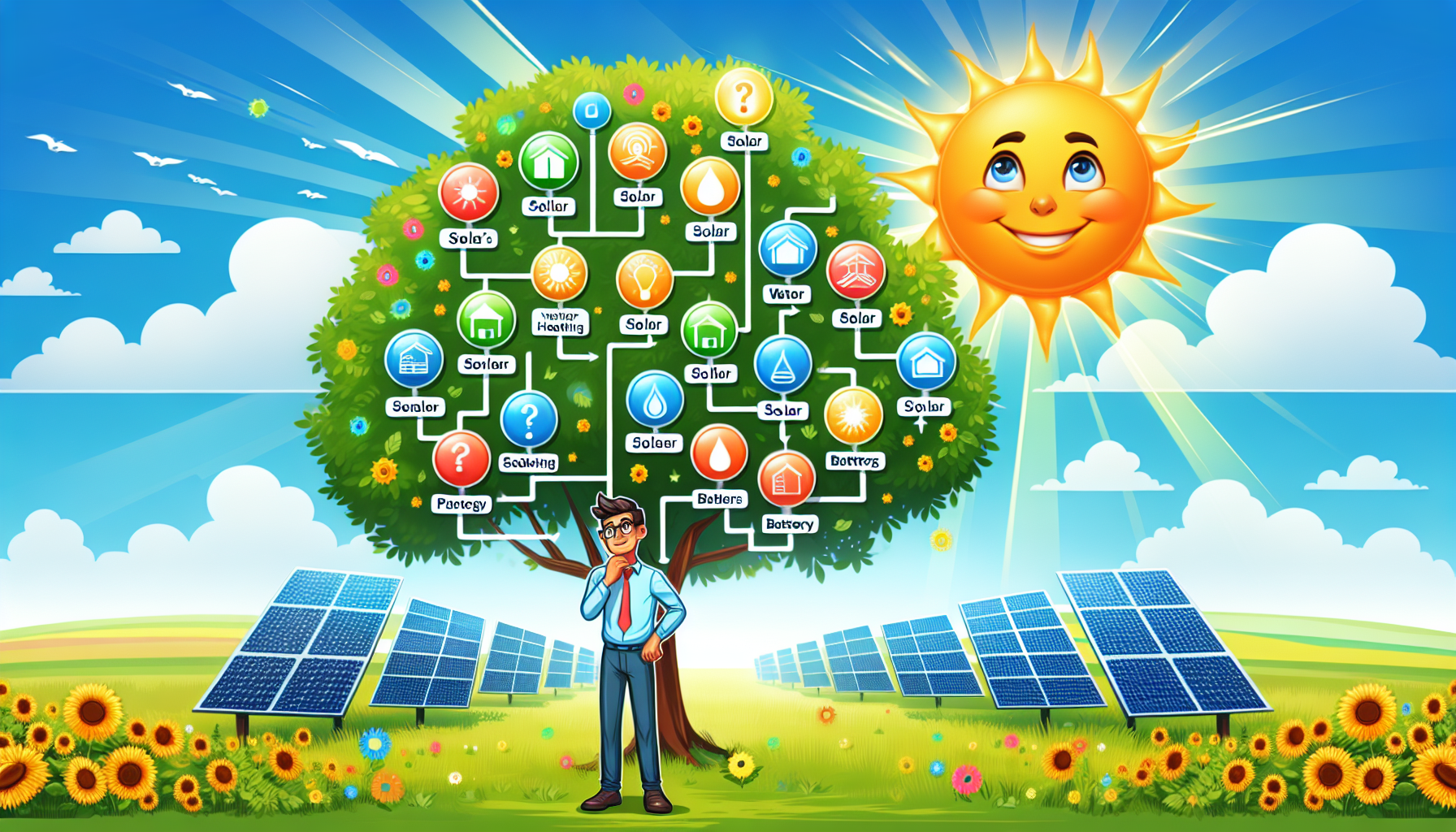
Considering both financial and environmental factors is essential for making an informed decision about moving your solar panels.
This section encourages homeowners to weigh the costs and benefits before making a choice.
Evaluating Financial Implications
Relocating solar panels involves understanding potential costs, including installation and transportation fees. Government incentives, such as tax credits, can significantly reduce the initial expenses of installing solar panels.
Assessing these financial implications is crucial for making an informed decision.
Environmental Considerations
Using solar power energy eliminates greenhouse gas emissions, reducing the overall carbon footprint. Balancing the environmental benefits of renewable energy with the financial implications of relocating the system helps in making informed decisions.
Sun Source Energy Services
Sun Source Energy provides solar services from initial consultations to installation and maintenance of solar panels. They can assist with moving, removing, or transferring your solar system to a new owner, ensuring a smooth transition.
Summary
In summary, moving your solar system involves careful consideration of various factors including costs, local regulations, and potential impacts on your property.
Understanding the risks and benefits, as well as ensuring adequate insurance and warranty coverage, is crucial in making an informed decision.
Whether you decide to move your solar panels or leave them behind, the key is to plan meticulously and seek professional guidance when needed. By doing so, you can ensure a smooth transition and continue to enjoy the benefits of solar energy in your new home.
Contact Us!
If you’re considering moving your solar panels, professional assistance can make the process smoother.
Sun Source Energy offers comprehensive services to help manage the entire process, from removal to reinstallation.
For more information and assistance with moving your solar panels, you can contact Sun Source Energy. They offer multiple contact options, including phone and email, to address your inquiries.
You can reach us at our Las Vegas office located at 5580 W Flamingo Rd suite 101, or call +1 (800) 674-9750.
Additionally, you can fill out a detailed form on our website to initiate communication.
Frequently Asked Questions
Can I relocate my solar panels to a new home?
You can relocate solar panels, but be mindful of costs, local regulations, and the risk of damage during the process. It’s advisable to consult with a professional to ensure a safe and compliant move.
What are the costs involved in moving solar panels?
Moving solar panels involves costs for labor, permitting, new mounting hardware, and possibly a new inverter, with the total depending on the system size and moving distance.
How does moving solar panels affect the warranty?
Moving solar panels may void certain warranty terms if not performed by certified professionals. Always check your warranty conditions and consult your installer before making any changes.
Does leaving solar panels behind increase my home’s value?
Yes, leaving solar panels behind typically increases your home’s value, as they make the property more attractive to environmentally conscious buyers and can lead to a quicker sale at a higher price.
What should I consider about local regulations when moving solar panels?
When moving solar panels, you must review local building codes and secure the necessary permits to ensure compliance and prevent potential fines or installation problems.



